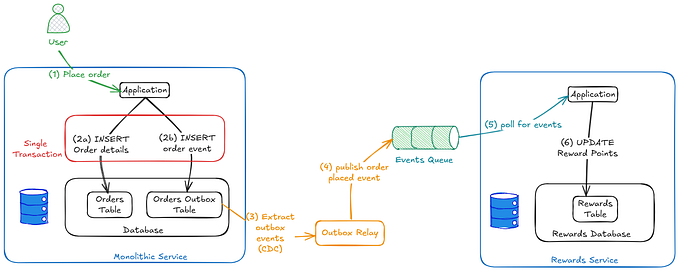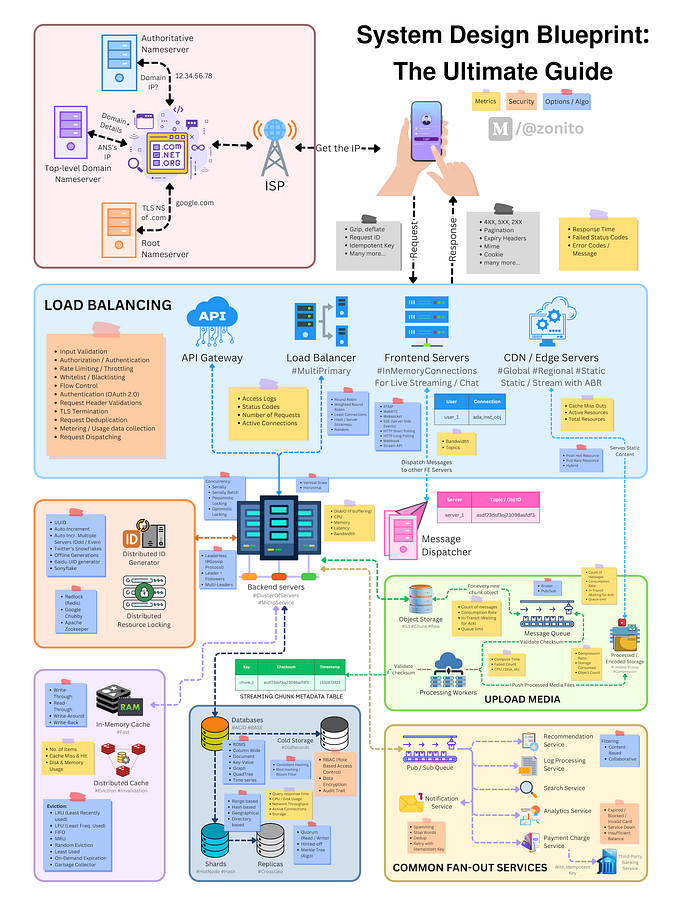Member-only story
Understanding Java Message Service (JMS) for Distributed Applications
In today’s interconnected world, distributed applications play a crucial role in modern software architecture. The Java Message Service (JMS) is a powerful tool that enables effective communication between different components of these applications. In this article, we will explore how JMS works, its key concepts, and its benefits, helping you understand why it’s an essential component for handling messaging in distributed environments.
What is JMS?
Java Message Service (JMS) is a Java API that provides a standard way to create, send, receive, and read messages in distributed applications. JMS is part of the Java EE (Enterprise Edition) specification and allows for asynchronous communication between software components, which can be on different servers or even in different geographical locations.
The Importance of JMS in Distributed Applications
Distributed applications often require components to communicate efficiently and reliably. JMS serves as a messaging middleware, facilitating communication between producers (senders) and consumers (receivers) without them needing to be aware of each other. This decoupling is vital for building scalable and maintainable applications.





